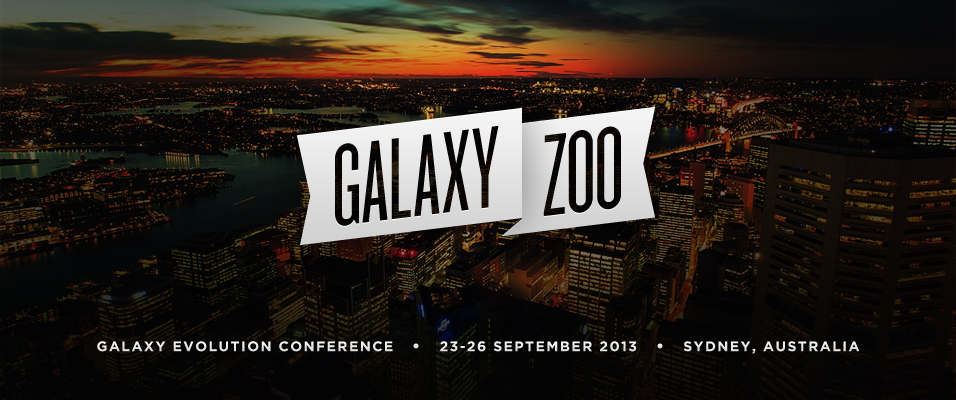
Fading AGN and backlit galaxies - finding the rare and unexpected with Galaxy Zoo
William Keel (University of Alabama)
I describe experience in working with Galaxy Zoo participants to identify rare classes of galaxy, and in following up the discovery of the giant nebula known as Hanny's Voorwerp to define a new class of ionized clouds ionized by fading active nuclei. Finding backlit-galaxy pairs was one of the first subprograms going beyond the original statistical aims of classic Galaxy Zoo, and was carried out on the project forum. This project has increased the sample of such pairs for dust studies nearly a hundredfold, and already led to UV studies as well as detailed mapping of extinction in many disks. Hanny's Voorwerp, found by Hanny van Arkel only weeks into Galaxy Zoo, was also reported on the project forum. Our discussions on its nature and results from followup observations were reported on the forum and blog. Spectroscopy revealed that this galaxy-sized cloud was ionized by a QSO-luminosty AG leading to the definition of dramatic fading to account for the faint nucleus observed directly. As it became clear that participants could find similar, fainter objects, a systematic hunt involving ~200 volunteers allowed search of 18,000 AGN, giving a prioritized list of candidates for spectroscopy. As a result, we generated an additional sample of 19 analogous (fainter) objects with spectroscopic confirmation, of which 8 show an energy deficit from the nucleus sufficient to suggest fading over times ~100,000 years. These objects provide hints to the duration of AGN episodes unavailable in other ways. These disparate programs illustrate the sophistication and flexibility shown by many Zoo participants, and yield lessons for further programs.
